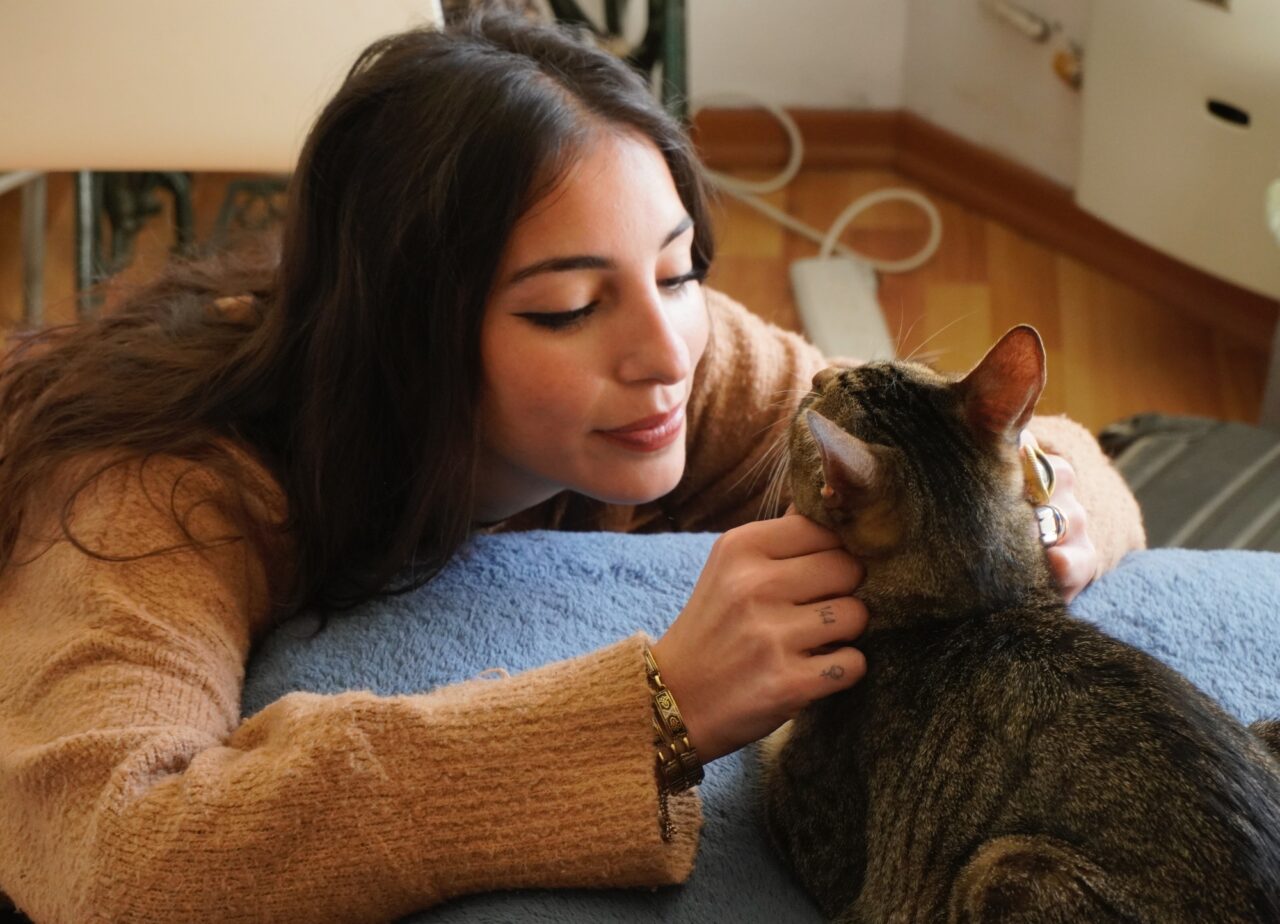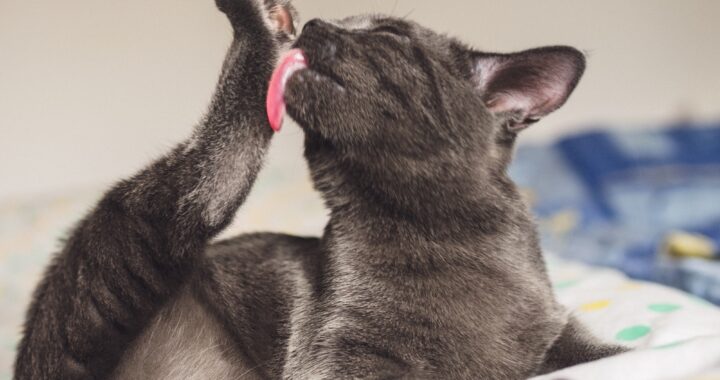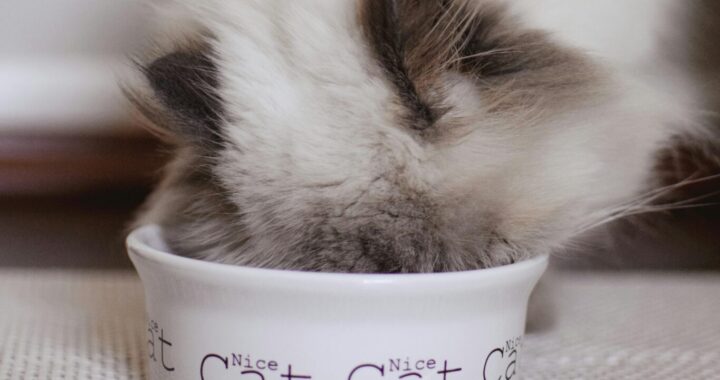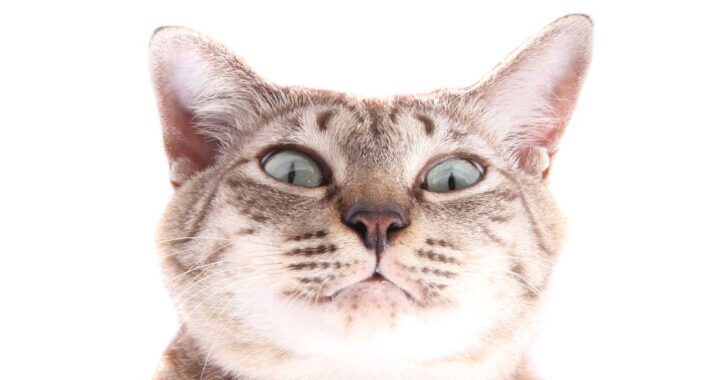Something cats and people have in common.
By Seth Mueller
Imagine a cat, the epitome of grace, poised on a high perch, preparing a magnificent leap.
The room holds its breath in anticipation.
Then, a rare twist of fate.
A gasp fills the air as the feline, once confidently airborne, falters into an undignified tumble to the ground…
… where it immediately begins licking itself.
In moments such as these, we catch a glimpse of the intricate tapestry of a cat’s emotions – namely, the coping mechanism known as displacement grooming. In cats, the term displacement grooming refers to the act of excessive self-grooming in response to a stressful or uncomfortable situation.
While it may look like they’re “playing it off” to avoid
embarrassment, that’s not actually the case.
When faced with a challenge such as meeting a new pet, dealing with a change in surroundings, or taking a tumble off the cat tree, cats resort to grooming as a way to self-soothe. The act temporarily alleviates anxiety and helps your house tiger regain a sense of control.
What does displacement grooming in cats look like?
This behavior manifests as repetitive licking, biting, or scratching, often in specific areas like the paws, abdomen, or tail. While occasional grooming is a part of a cat’s routine, excessive and persistent grooming can be a sign that your feline friend is feeling stressed or even threatened.
Interestingly, displacement grooming in cats bears a resemblance to certain human mannerisms. Consider nail-biting, hair-twirling, and skin-picking, which are often observed in response to stress or anxiety.

Just as a person can be compelled to scratch their body under duress, so too can cats.
How to Help Your Cat
If you notice your cat engaging in excessive grooming, first determine the reasons your kitty feels that need. Then you can move forward with proactive changes to their environment or lifestyle.
Causes
Identify triggers: Pay attention to the situations or changes in your cat’s environment that coincide with excessive grooming. For example, in the opening scenario, the cat was flustered from a failed jumping attempt.
Keep in mind that overgrooming isn’t always a direct response to stimuli. Cats may take up these behavior patterns when they feel unmet needs, such as boredom (unmet need for stimulation). Other times, cats hyper fixate on grooming out of anxiety.
Every cat has its own preferences and aversions. Careful observation can help you single out what bothers them, how to avoid it, and/or how to redirect their reaction.
Solutions
Create a comfortable environment: Provide a safe, comfortable space for your cat to retreat when feeling stressed.
Interactive play and enrichment: Mental and physical stimulation can reduce anxiety. Regularly engage your cat in interactive play and provide enrichment activities.
Have a routine: Remember, cats are creatures of habit. Establishing a consistent daily routine can help put sensitive kitties at ease by setting regular expectations and reminding them they are secure.
Consult a veterinarian: If your cat’s grooming behavior persists, consult a veterinarian. They can rule out any underlying medical conditions and provide guidance.
We love our pets like friends and family, so it makes sense to support them through stress the way we do with our human companions.
By taking time to understand the displacement grooming instinct, we strengthen the bond we have with our pets, while ensuring them happier, more relaxed lives. Not every leap your cat makes will land, but with a little time and patience, you can help your little guy handle his big feelings.





